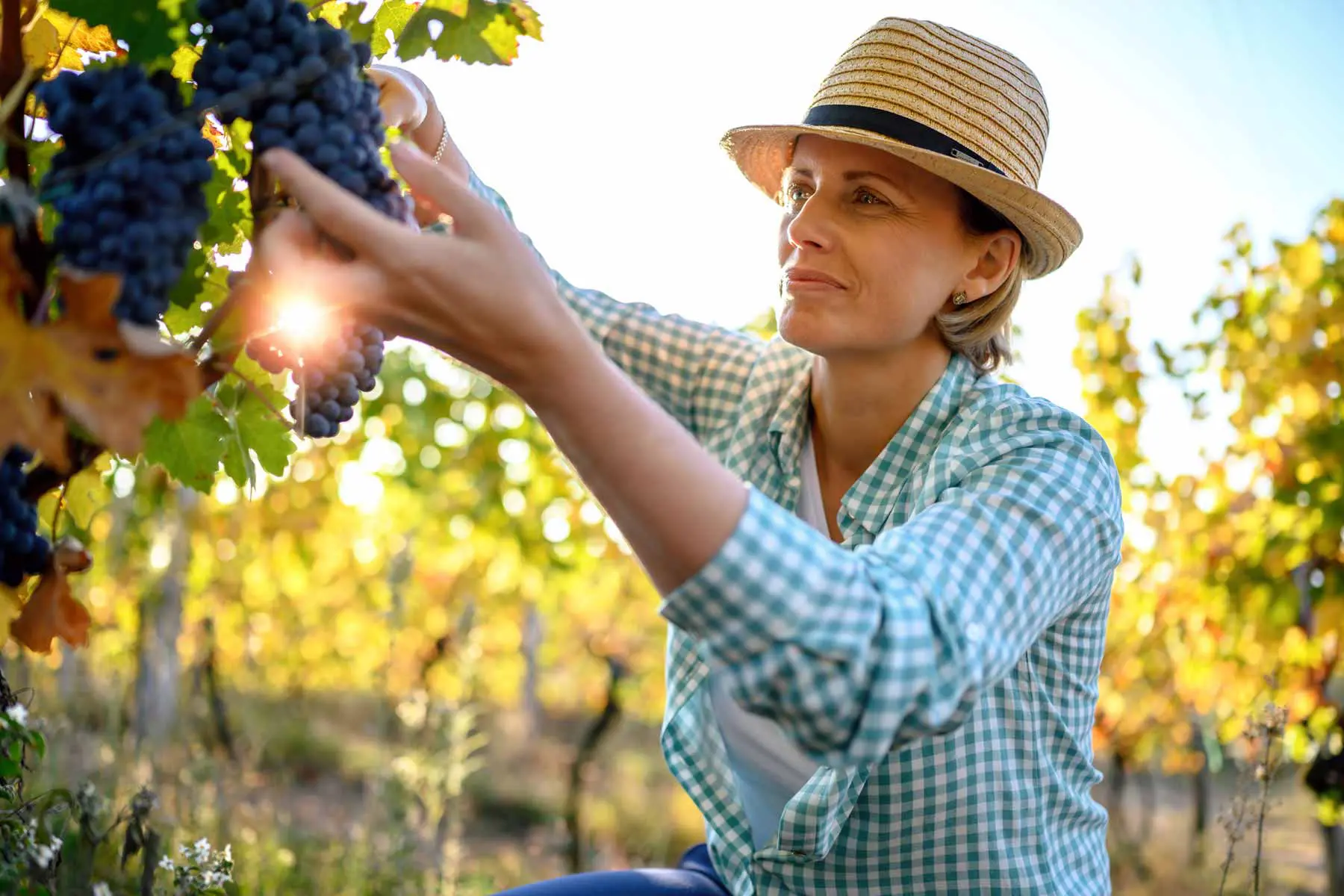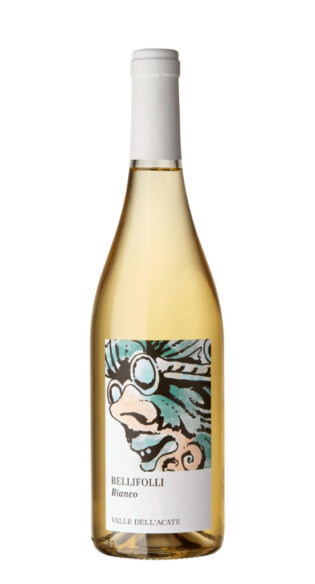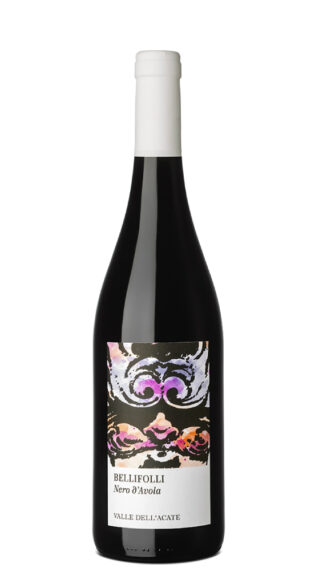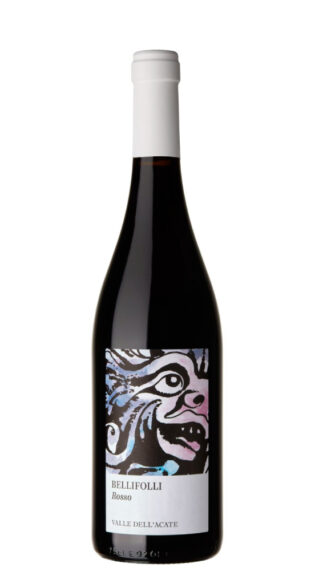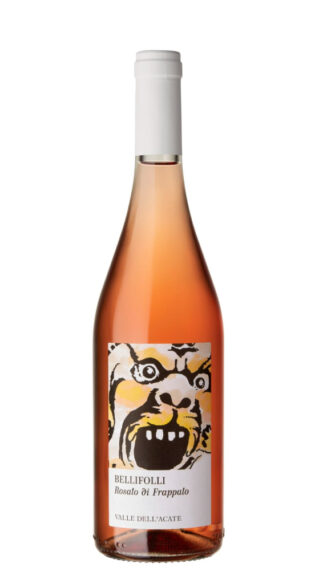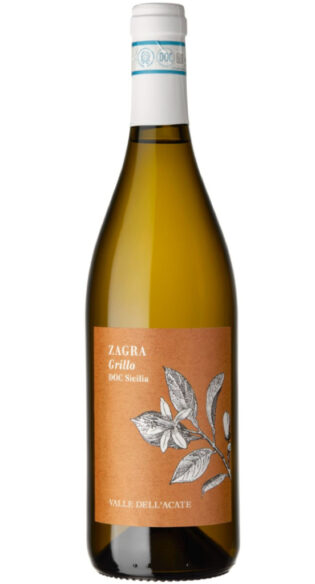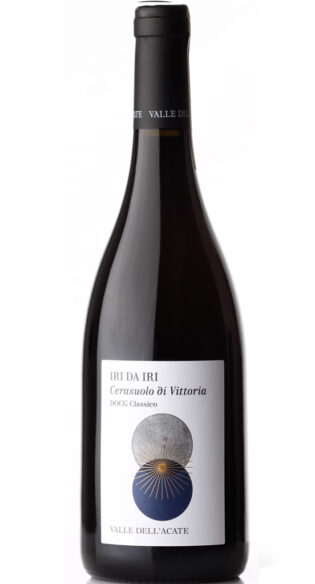Among the many harbingers of warm weather, one of my favorites is the N.Y.U. Hawk Cam, starring a pair of red-tailed hawks that have nested since 2011 on a ledge, overlooking Washington Square Park, outside the office of the president of New York University. As I sit at my computer, I’ve got half an eye on this year’s nestlings, three little hawks that are now tiny white balls of down, too weak to sit up for long. By the beginning of summer, they will be nearly fully grown and strutting the ledge, impatient to fledge into the wilds of Greenwich Village. The hawks are a reminder that human behavior, too, is informed by the seasons. Just as many people gravitate to lighter foods as the weather warms, so do they seek out lighter wines as summer approaches. For this edition of 20 Under $20, whites and rosés predominate, though reds will always have their place, accompanying the grilled steaks, ribs and burgers of summer. For some years now I have made the case that the greatest values in wine are in the vicinity of $20 a bottle. It’s easy to find palatable wines for under $10, but very rarely will those bottles offer any sense of excitement or distinctiveness. Spend a little more, say, $15 to $20, and the number of distinctive, exciting bottles increases exponentially. Occasionally, such bottles can be found for less — one of my favorites here is just $12.99 — but the probability is low.
What makes the following wines great values? Almost entirely, they are from regions of lesser status and made from grapes that have not been highly valued.
Among these 20 bottles are no chardonnays or cabernet sauvignons, nothing from Napa Valley or Burgundy. I do include two pinot noirs, but they are both sparkling rosés, one from Portugal, the other from Alsace, neither renowned for pinot noir (though those from Alsace may surprise you).
Instead, these wines, from eight countries, are made from grapes that are practically unknown. Limniona, anybody? I’ve had a few sensational bottles from Greece. How about encruzado from Portugal, or grillo from Sicily? Salamino from Emilia-Romagna, or trepat from Spain?
Try them, and you may be surprised at how delicious they can be. For those less experimentally inclined, I have an awfully good sauvignon blanc, and delicious California rosés, made from the gamay noir grape, which may be more familiar in its Beaujolais incarnation.
Of these 20 bottles, five are rosés. If that number proves too few to meet the unquenchable thirst, I devoted an entire column to 20 rosés last summer. Those bottles in a new vintage should still be excellent choices, as will many of the wines I have cited over the years in this series, though for some, the prices may have crept up a bit.
These 20 great values are in no particular order. Many are from small producers, and, even if you live in New York City, you may not be able to find all of them. If you have access to a good wine shop, and it does not stock these bottles, ask for an approximate recommendation. In no time, I predict, you will be making your own seasonal discoveries.
[…] Valle dell’Acate Sicilia Zagra Grillo 2017 $15.99
In recent years, I have seen more dry whites made from grillo, a grape once known as the backbone of sweet Marsala or for making big, blousy dry wines. This one — from various coastal vineyards in eastern Sicily — is young, fresh, floral and refreshing, with lingering earthy notes. Delightful. (Polaner Selections, Mount Kisco, N.Y.)

